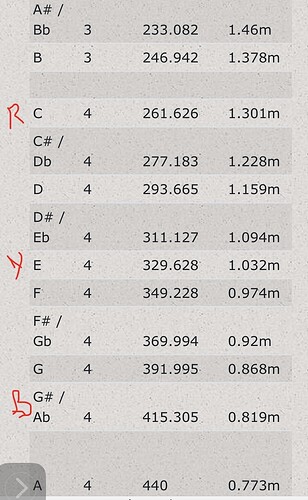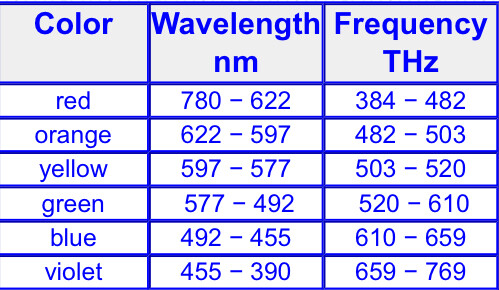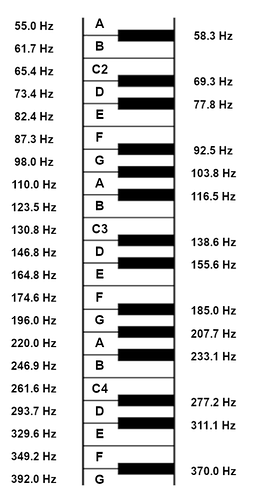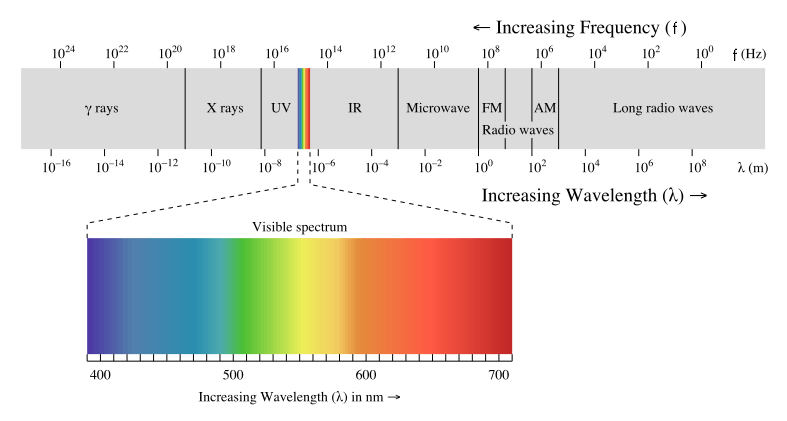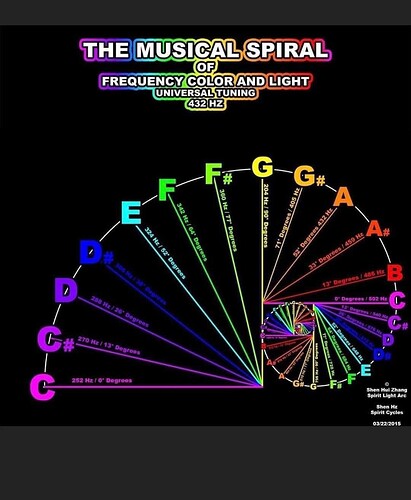If yellow (577-597), red (625-750), and blue (450-495) are the three primary electromagnetic visible light wavelengths which blend to make all the other colors, what are the three primary audible sound wavelengths which blend to make all the other notes?
I feel like this should help, but I am a dolt:
Wavelength frequency convert lambda Hz sound conversion acoustics acoustic audio radio measure speed of sound and radio typical waves wave length light vacuum equation formula for frequency speed of light color electromagnetic spectrum - sengpielaudio Sengpiel Berlin (I emailed Alex. I’ll let you know if I hear back.)

